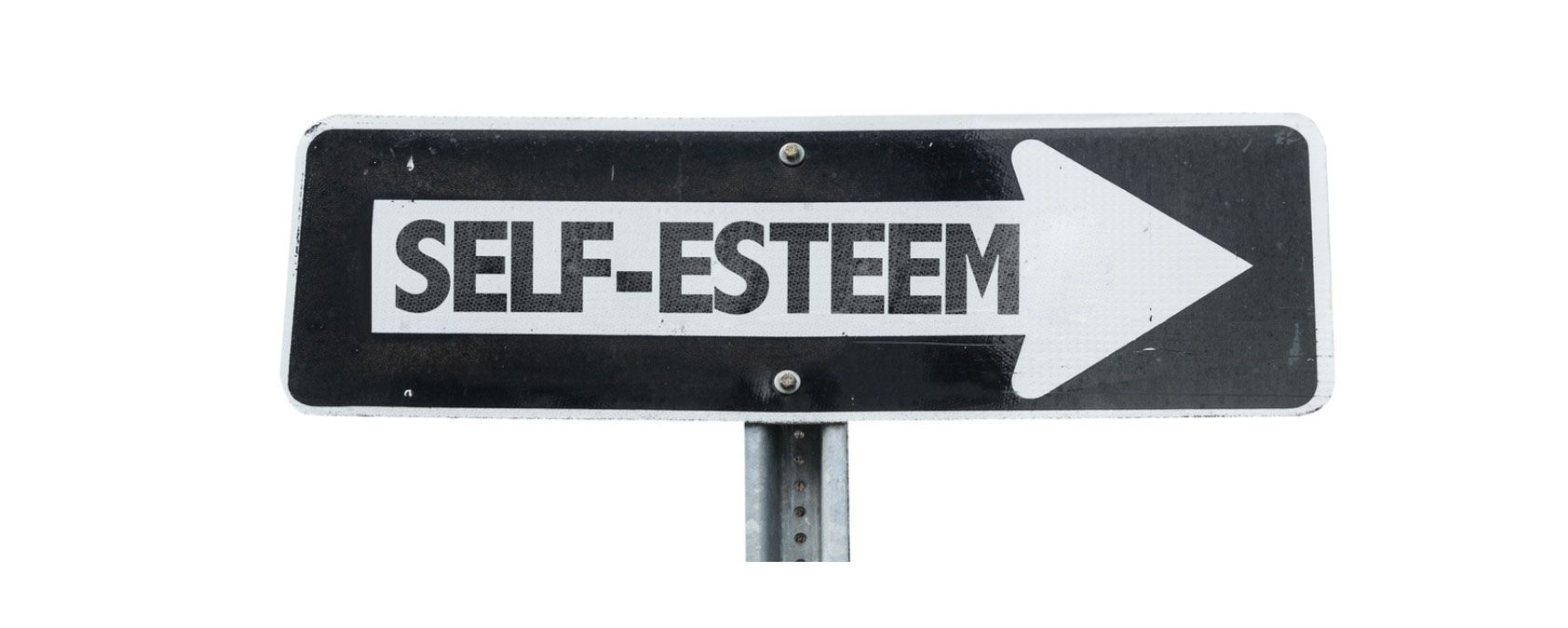Let's say Olivia, a 10-year-old, has a boundary about privacy in her room. Instead of being quiet or aggressive, she practices assertive communication with her parent: "Hey, Mom, I like having my own space in my room. Can we talk about how we can ensure it stays private? This way, Olivia expresses her feelings and needs while maintaining a respectful and open conversation with her Mom.
Welcome to the challenging yet enriching journey of parenthood, where every day presents new hurdles to overcome and lessons to learn.

Hi, I'm thrilled to be on this journey with you to boost your self-esteem. Together, we'll navigate the three pillars I learned from being a parent and a grandparent. They are assertive communication, confl ict resolution, and setting healthy boundaries. I'm not here to dwell on past parenting mistakes but to focus on unlocking your full potential and creating lasting positive changes for you and your family.
Today, I am exploring the topic of boundaries. What are boundaries, what is their importance, and how do you set boundaries within your family?

Teaching our children boundaries at an early age is essential. It teaches them responsibility, what is expected of them, how far they can go, and what happens if they go too far. It also teaches them delayed gratification. Setting boundaries early in childhood helps to make the teen years smoother. However, no matter our age, we can all learn new things, like setting boundaries.
What Are Boundaries?
Boundaries involve establishing clear expectations and limits within your family. It's like creating a safe and loving space where everyone knows the rules, encouraging respect, understanding, and open communication. What boundaries are not is a means to be selfish, brutally honest, or rude.
Another thing I want to clear up is the difference between a rule and a boundary. A rule is a restriction you put on your child, such as not using your phone during family dinner time. With boundaries, there are consequences for actions and behaviours of the rule. The boundary for the rule above is: Your phone will be taken away until tomorrow morning if you use it at the dinner table.
Picture boundaries as our friendly guide, helping us make wise choices and treat everyone nicely. But why are these guidelines so good for kids?"

5 Benefits of Boundaries:
Security and Comfort: By defining clear boundaries, you provide a sense of security for your children. Knowing what to expect creates a stable environment, making them feel safe and loved.
Teaching Responsibility: Healthy boundaries teach children to be responsible for their actions. When they understand the consequences of their behaviour, they learn valuable life lessons and build self-confidence.
Respectful Relationships: Setting boundaries promotes respect within the family. Children learn to respect others' needs and feelings, which lays the foundation for solid, healthy relationships in the future.
Assertive Communication: Healthy boundaries encourage open communication. Children need to feel comfortable expressing their thoughts and emotions when expectations are clear. Assertive communication creates a solid parent-child relationship.

Emotional Regulation: Boundaries help children regulate their emotions. Knowing limits helps them manage frustration and disappointment, developing emotional intelligence.

Lily, a 2-year-old, is at the grocery store with her Mom. Lily sees a colourful candy display and wants a candy bar. When her Mom explained she couldn't have candy right now, Lily had a temper tantrum, crying and stomping her feet. In this situation, the boundary is set around not getting candy whenever Lily wants, and the temper tantrum is Lily's way of expressing frustration and learning to cope with disappointment within that limit.

Or Alex, a 16-year-old frustrated by his parent's decision, responds disrespectfully, declaring, "This is so stupid! You never let me do anything. I can't believe you're being so overprotective. It's just a stupid sleepover!" Despite the disrespectful tone, the parent maintains their boundary, emphasizing the importance of getting to know the friend and their family before allowing the outing.
Understanding how rules and limits affect our lives is essential for growing up. Think about it: what we learn at home about sharing, being kind, and following rules doesn't just stay at home. It goes with us to school, the friends we choose, who we marry, and even our jobs.
Knowing this, parents must set good boundaries for their kids. Here are some simple tips on how to set boundaries:
How to Set Healthy Boundaries:
Establish Clear Expectations: Communicate your expectations to your children. Use simple language that suits their age level.
Consistency is Key: Be consistent in enforcing boundaries. Children thrive on routine and predictability, so stick to your established rules and consequences, even when tired. I get it. I've been there in my parenting days. It can be challenging. However, consistency creates a sense of stability and reinforces the importance of respecting boundaries.
Involve Your Children: Make setting boundaries a collaborative effort. Discuss the rules and the consequences for breaking them, allowing your children to voice their opinions and concerns. When they feel heard, they're more likely to follow the rules.

Lead by Example: Children learn by observing. Demonstrate the behaviour you expect from them. If you want them to be polite and respectful, show them through your actions by being courteous and respectful to your children.
Encourage Independence: Children need to make age-appropriate choices within the established boundaries. Allowing choices fosters a sense of independence and responsibility. Here are two examples. If you have a 6-year-old: "Do you want to pick out your clothes for the day or choose which bedtime story we read tonight? For a 10-year-old, "You can decide how you like to manage your homework schedule. Do you prefer doing it right after school or before bedtime? It's your choice.
In conclusion, for our children to discover their boundaries, we, as parents, must know our own. Setting our boundaries is how we teach our children because they are always watching to see our responses.
Parenting is a continuous journey of self-discovery and connection; small steps make progress. Clear expectations, consistency, and involving your children build a foundation of respect, understanding, and open communication.
I want to hear from you!! Email me with questions or topics for discussion. cathy@parentingyoungsters.com
I wish you heartfelt warmth and support on your parenting journey!
Tip of the week:

Traffic Light Language:
Implement a traffic light system for communication. Green means they're ready to chat, yellow indicates caution or a need for space, and red means they need time alone. It's a colourful way to teach effective communication boundaries.
Wish Setting Boundaries Was Easier?
Grab your FREE 7-day guide and create boundaries that bring you peace and balance!
All Rights Reserved | Cathy Barker
Site Designed and Developed by Client First Web Design & Graphics
